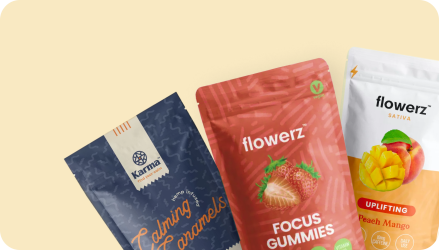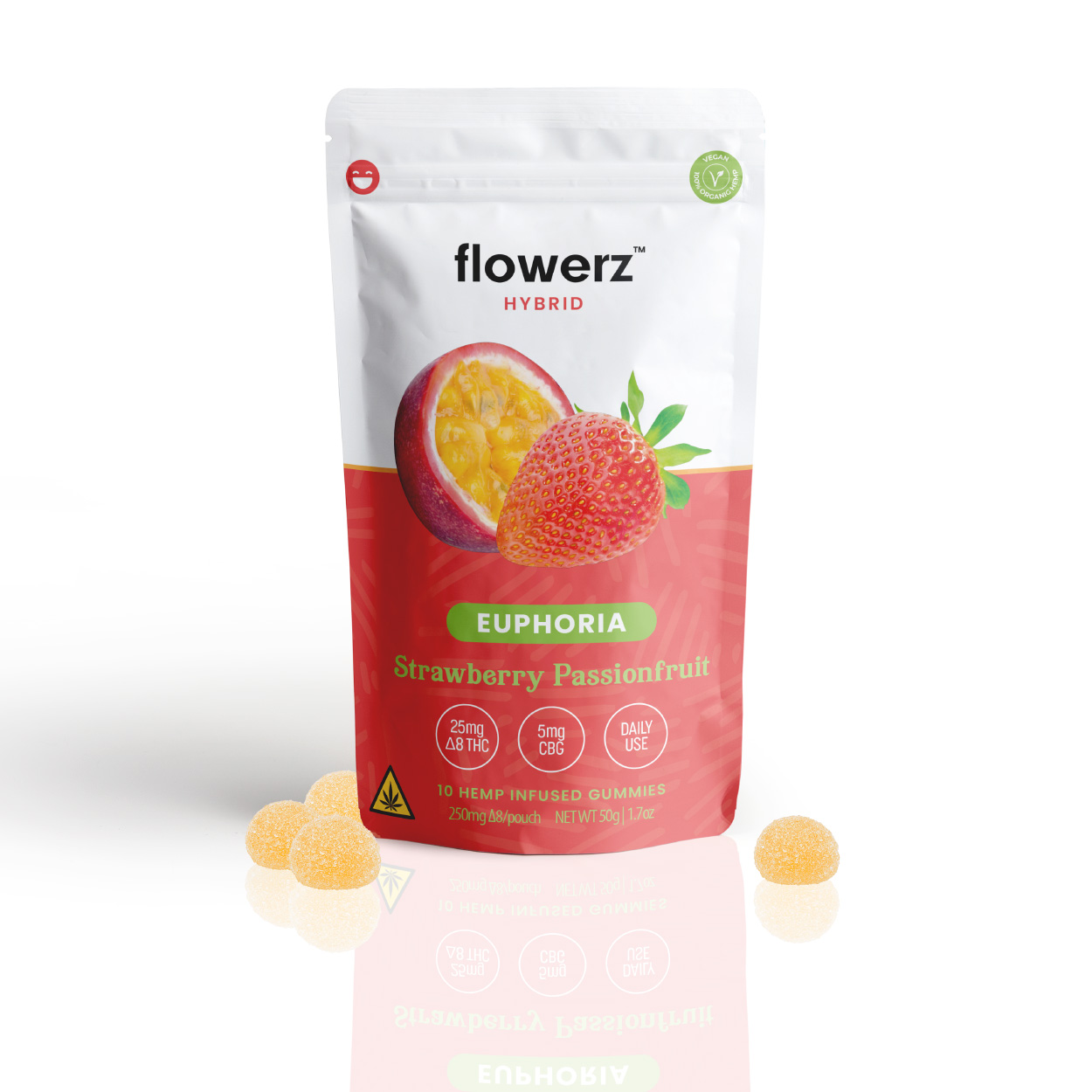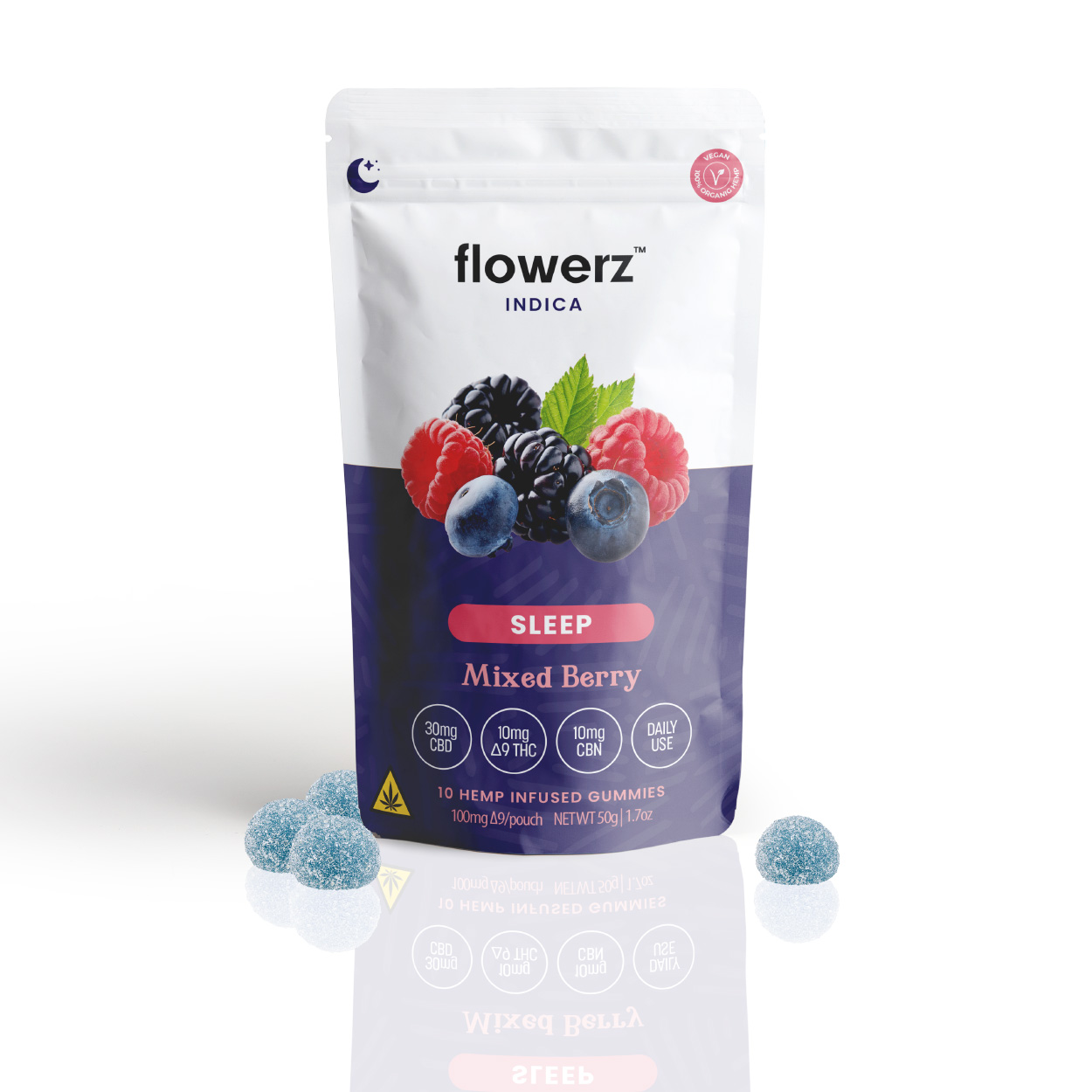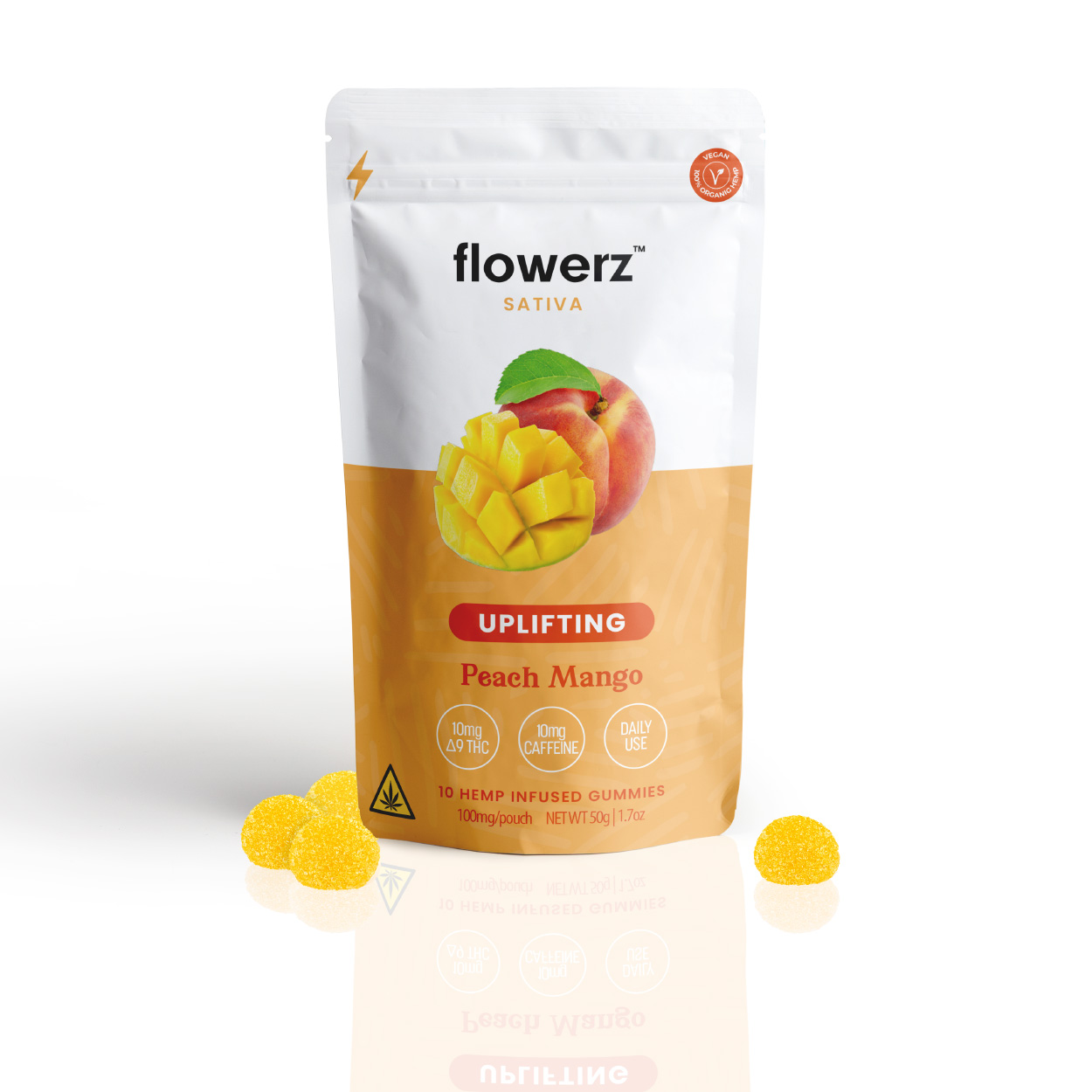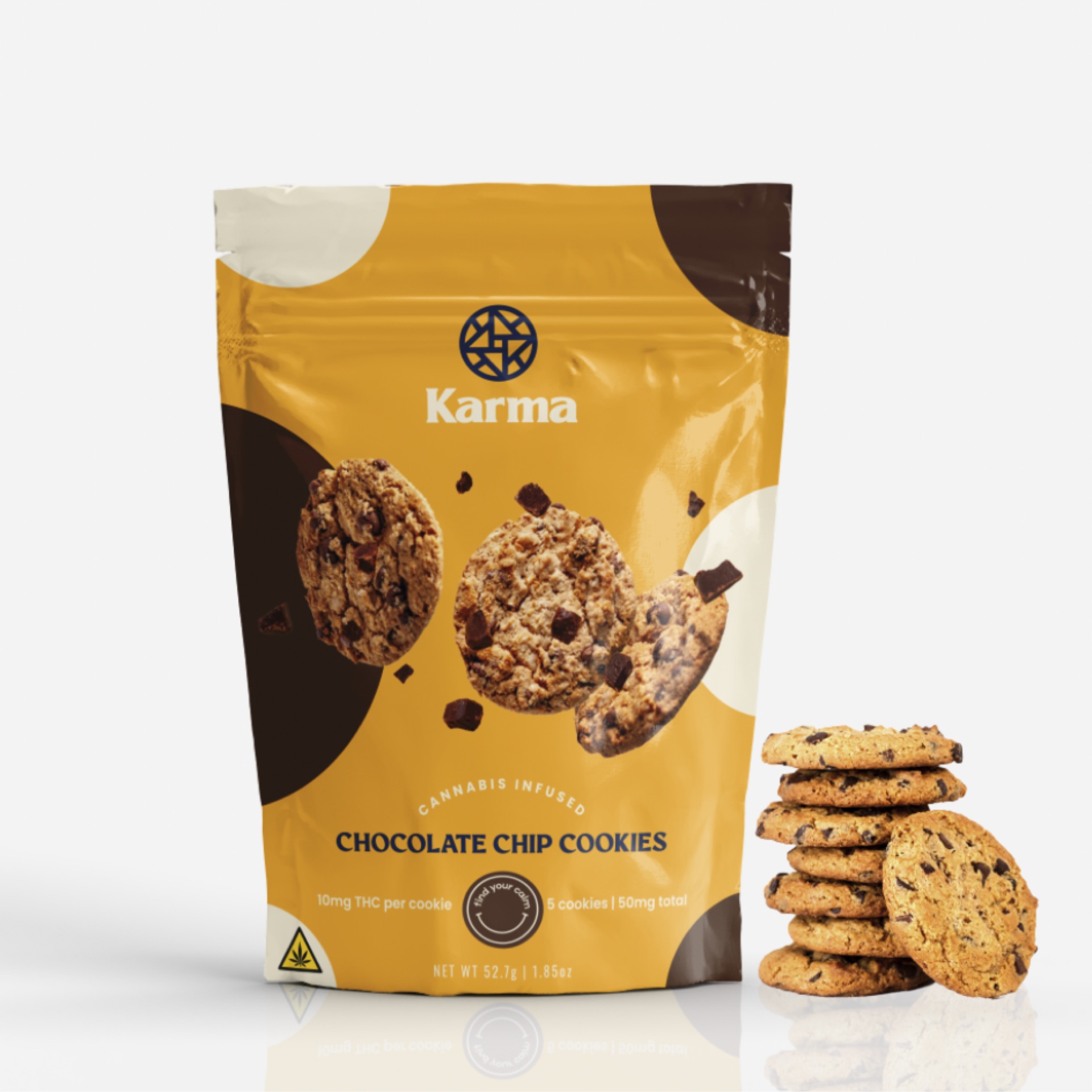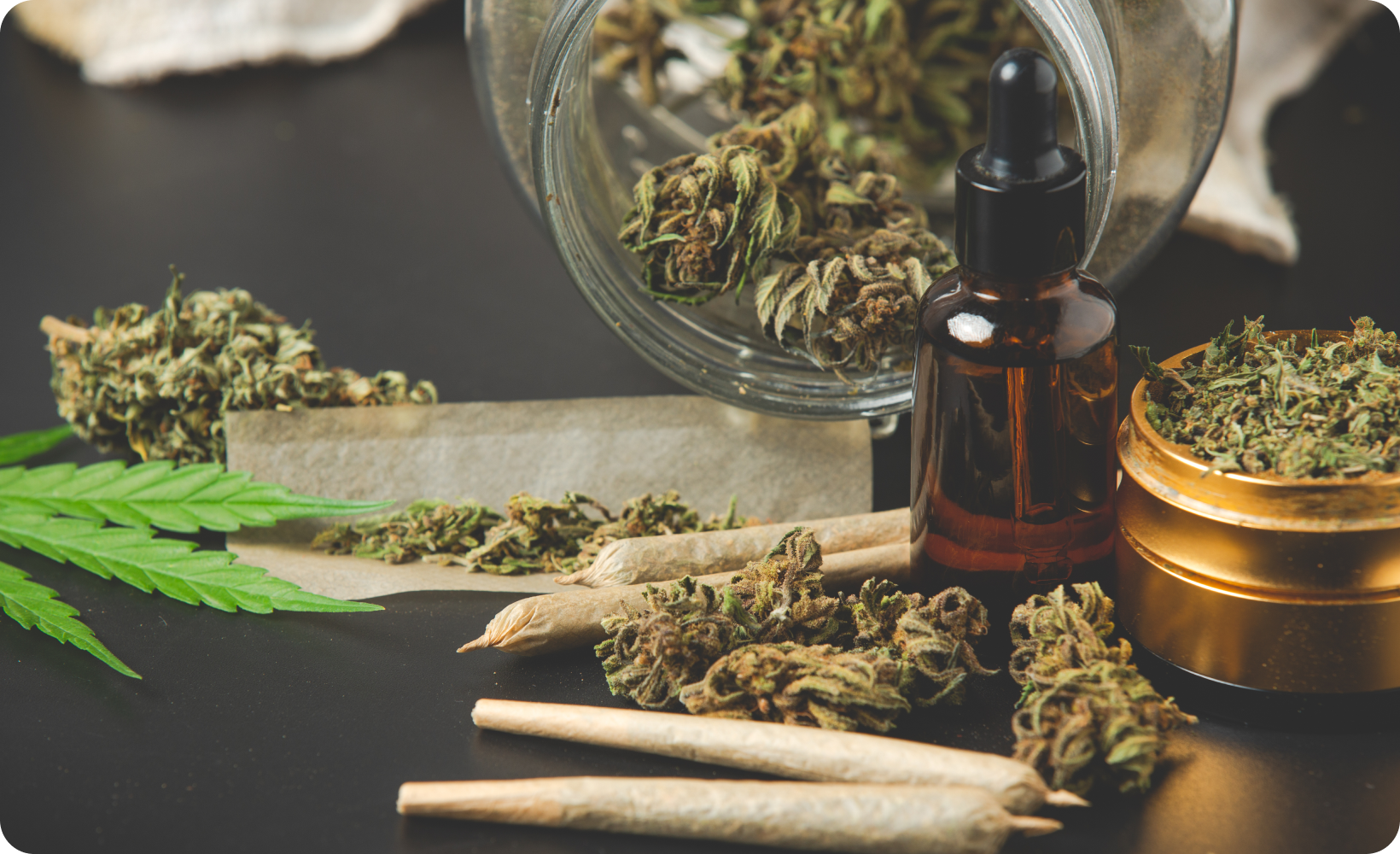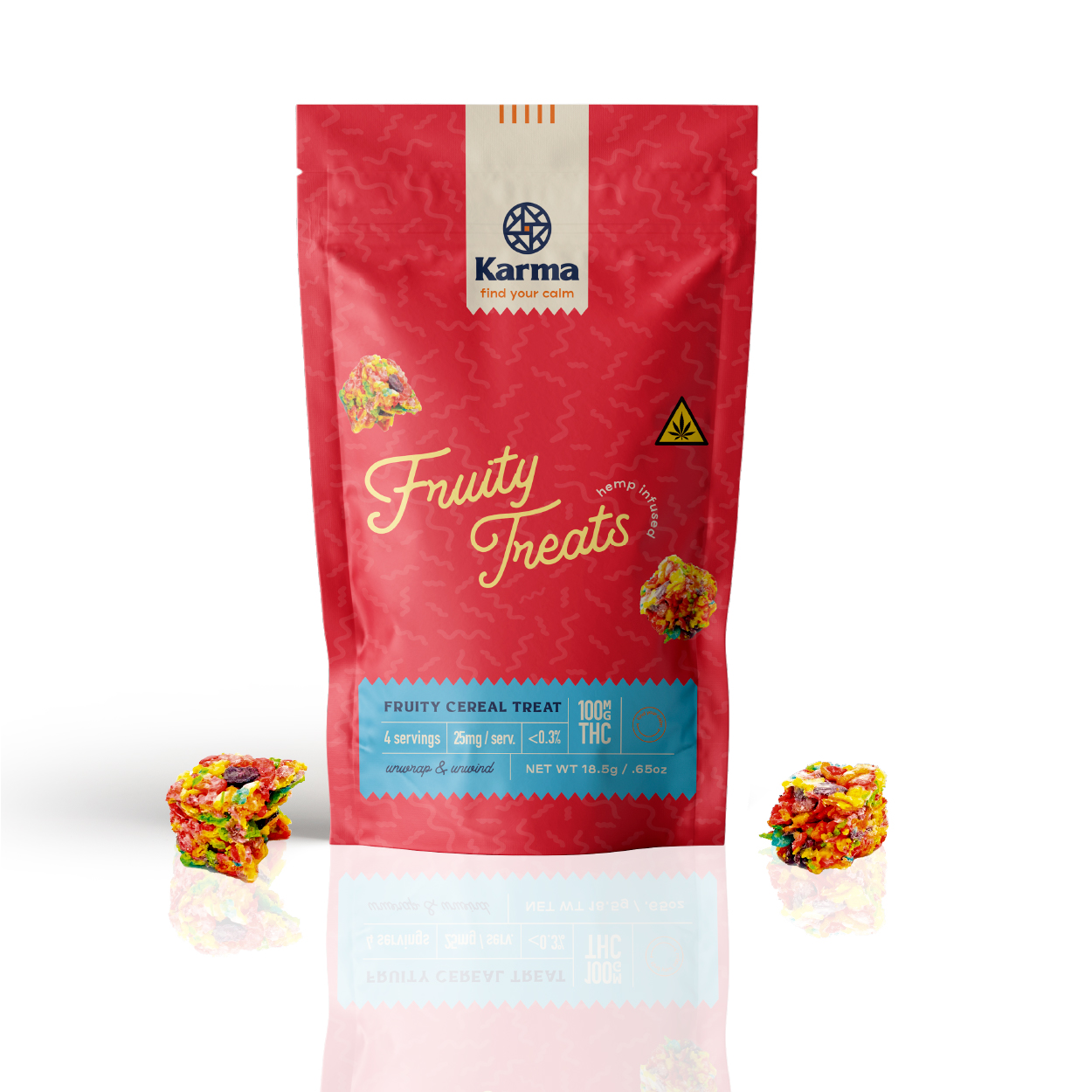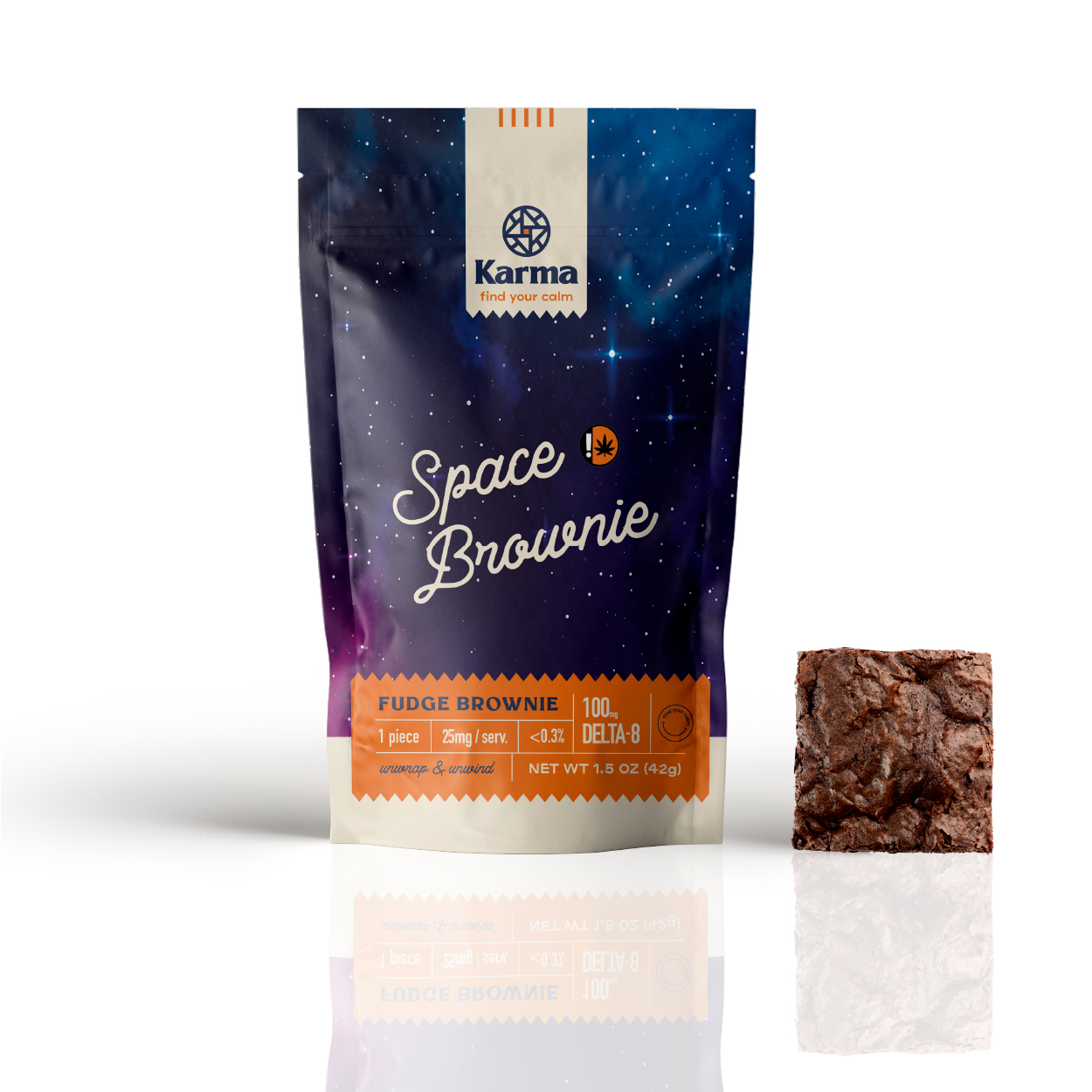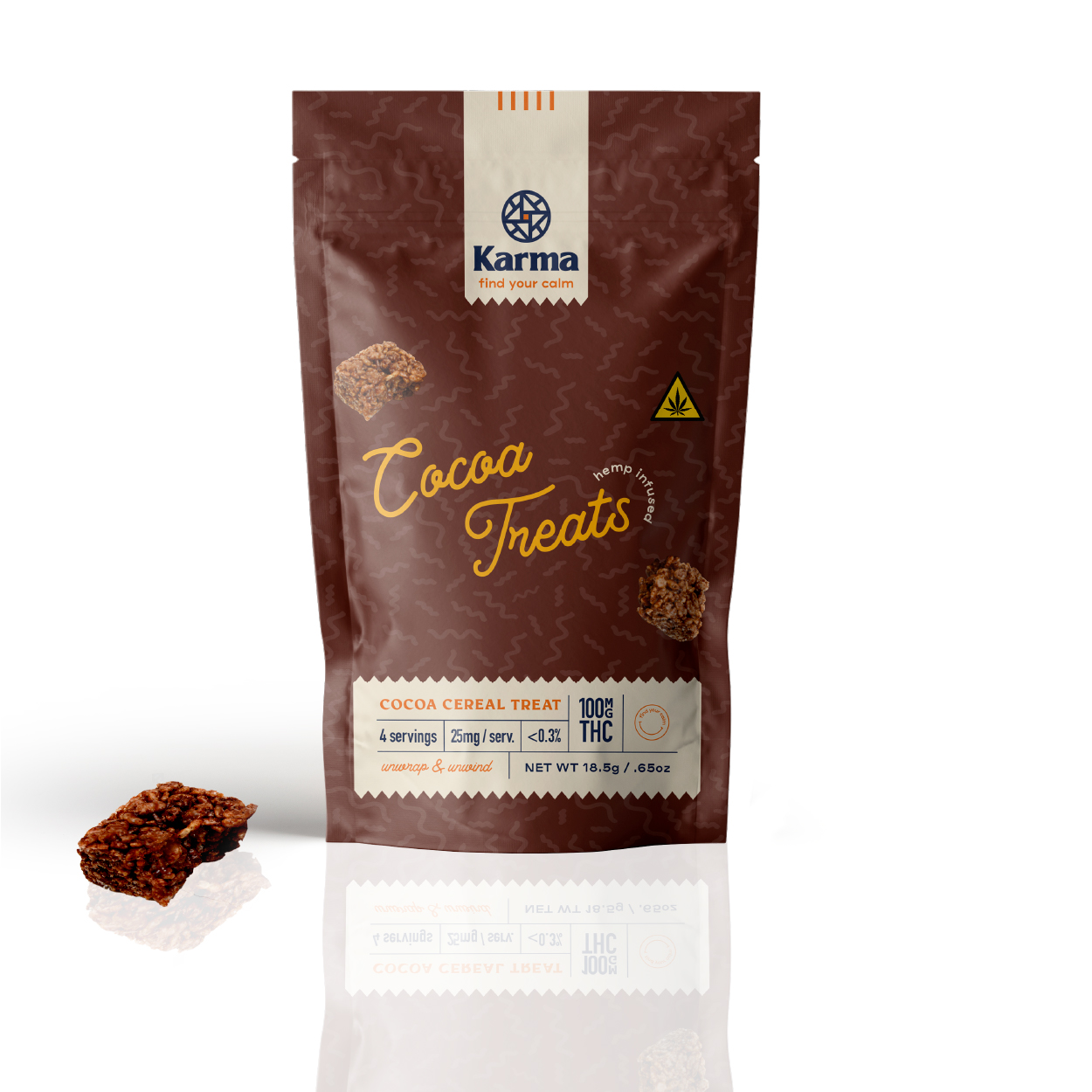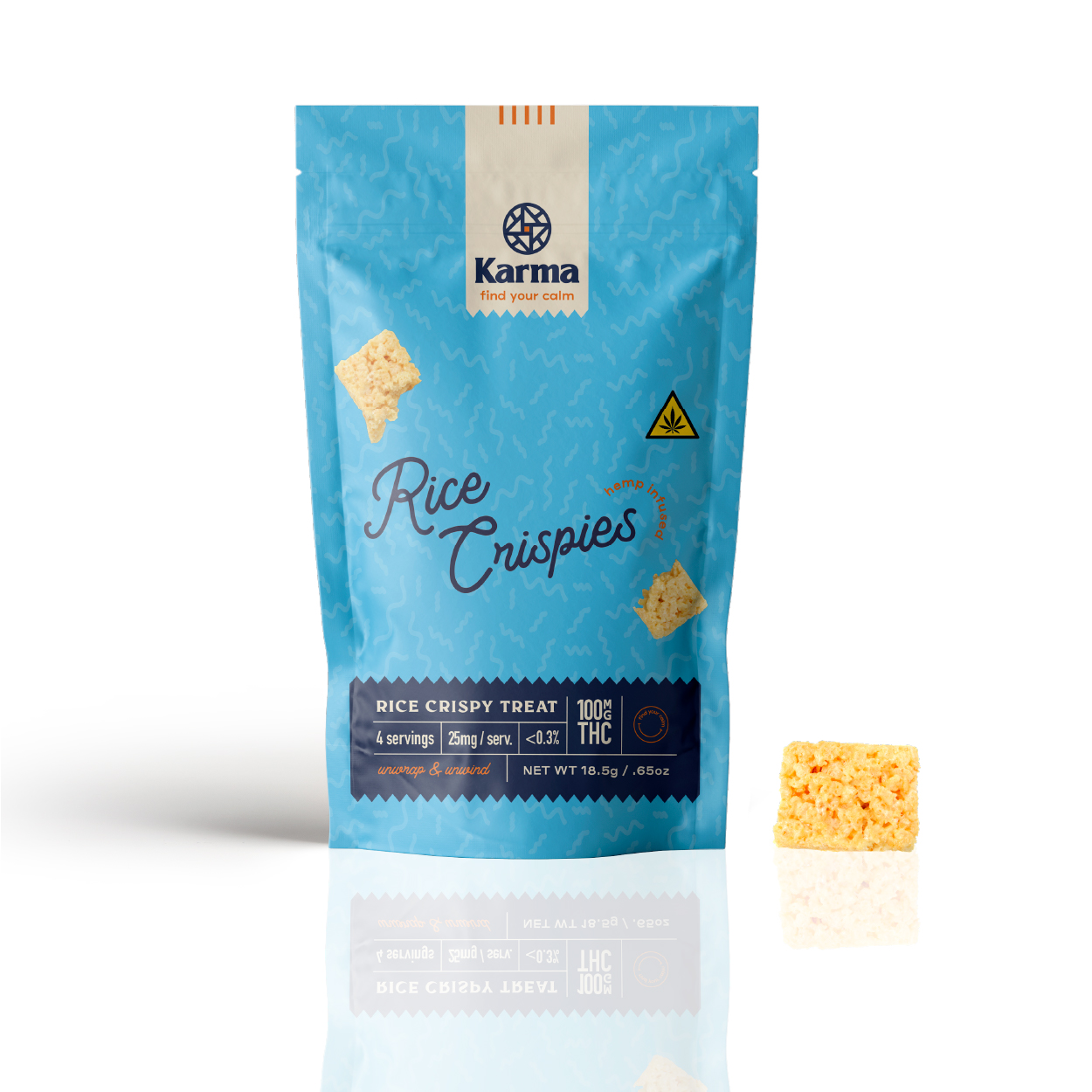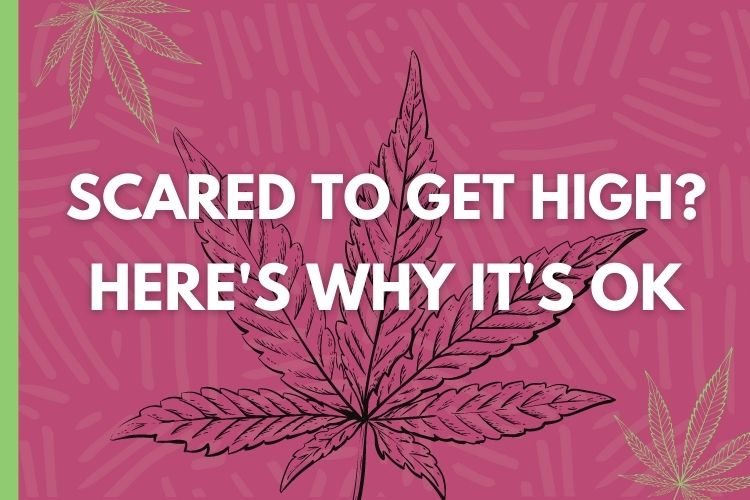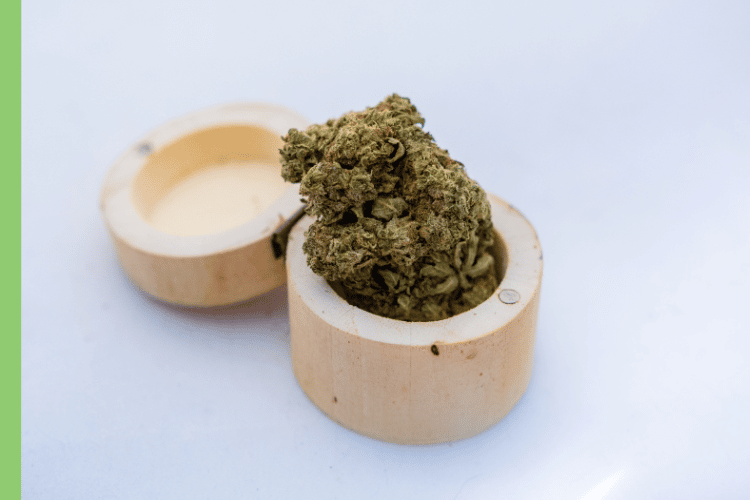Decarboxylation (pronounced de-carb-OX-yl-a-tion) is a very sciencey-sounding word for a relatively simple process. Decarboxylation is the process that activates the psychoactive compounds (THCa) in the cannabis plant so that you feel high when you consume it.
Most people are aware that the main cannabinoids naturally occurring in Cannabis are THC and CBD (among many others!) However, the THC and CBD found in raw Cannabis plants are actually THCa and CBDa. THCa has an extra carboxyl ring that needs to be removed to become the THC (delta-9 tetrahydrocannabinol) that gets users high. Hence the process is called Decarboxylation. Decarboxylation is generally done using heat. This heat can be a lighter, a dab torch, or even an oven when making edibles!
How does Decarboxylation for weed work?
If you have smoked cannabis, you have decarboxylated it to convert the chemical compounds from their natural form into smoke that carries them into the endocannabinoid system of the brain. Decarboxylation of cannabis is done through heat. The heat of a match (or a vaporizer) is enough to remove the extra carboxyl ring on THCa, as well as to convert CBDa to CBD, etc.
To a lesser extent, time can also cause decarboxylation. Some “decarbing” occurs after the cannabis flower has been trimmed, dried, and cured. Oxygen also contributes to decarboxylation, actually making your cannabis less potent over time. That’s why it is important to keep all cannabis and cannabinoid products in an airtight container, stored in a cool and dark place.
What temperature is required for Decarboxylation to occur?
Cannabis decarboxylation can occur between 200-245 Fº. This doesn’t really matter for smoking, as the heat of the flame causes instant decarboxylation. The same goes for atomizers in vapes. However, if you’re decarbing cannabis flower, kief or stems to make edibles, it is recommended to decarb in the oven at 220ºF for about 30-40 minutes. This slow and low method ensures that the terpenes and other cannabinoids remain potent for your edibles.
Be sure to keep an eye on your decarbing weed, as heating cannabis over 300ºF can cause the terpenes and other compounds to burn off, making the flowers less effective. It can also leave behind a burnt, skunky smell and taste for your edibles.
Can you Decarboxylate weed in a microwave?
Decarboxylating requires consistent, low, and dry heat. Therefore it is not recommended to decarb cannabis in a microwave. However, a small toaster oven may work– just remember that these small ovens tend to run much, much hotter than traditional ovens. If you want to decarb your weed in a toaster oven keep the temperature low and observe closely for signs of burning.
Do you need to Decarboxylate weed to make edibles?
The short answer: Yes.
This is because decarboxylation is required to convert THCa to THC, the cannabis compound that we all know and love for its psychoactive effects. Because there is no heat involved in eating edibles, unlike smoking or a vape pen. Once the cannabis flower has been decarboxylated it contains pure THC that can interact with our brain, as well as other cannabis compounds such as CBD, and CBG. The decarboxylated flower can be placed into a medium (such as oil or butter) and the active chemical compounds extracted. The resulting cannabis extract will require no heat to interact with our brain’s endocannabinoid system because it was already activated by heat during the decarboxylation process.
How to Decarb Cannabis for Edibles at Home
You don’t need any fancy equipment or lab coats to make quality edibles at home. Read on for an easy guide on how to decarb your own cannabis right in your kitchen!
Materials Needed:
Oven
Baking sheet
Parchment Paper/Aluminum foil
Cannabis flower, leaves, or kief
Grinder (optional)
Oven thermometer (optional)
Step one: Set your temp and time
It is a common newbie mistake to think that higher decarb temps will yield faster results. But too high temps will only leave you with disappointment and burnt buds. To get the best possible decarb, you need time and patience. The general rule of thumb is that all of the compounds will be ready for extraction after around 40 minutes at 220ºF. However, every compound takes its own time to activate, and some loss of potency is to be expected. Below is a chart for approximate temps and heating activation times of cannabis compounds.
TEMPERATURE RECOMMENDATIONS
THCa to THC → bake at 220° F for 40 minutes
CBDa to CBD → bake at 240°F for 90 minutes
CBGa to CBG → bake at 220°F for 60 minutes
THC to CBN→ bake at 240°F for 180 minutes
The correct temperature is important for effective decarboxylation. It’s important to find the sweet spot– too high a temp will burn off cannabis compounds and can even ruin your weed. Keep a close eye on cannabis and turn down the temp when it becomes too brown or smells like it’s burning. Remember that the oven’s built-in thermometer is only a guess, and can be off up to 20 degrees. For exact measurements, consider investing in an oven thermometer.
Step Two: Prep Your Bud
Line your baking sheet with parchment paper and loosely grind or break up your bud. It is important to break down your bud enough that it can be heated consistently, but not too much that it risks getting burnt. Place cannabis in an even layer on the baking sheet and place it in the center rack of the oven.
Step Three: Patience!
Allow the oven to do its thing for 30-40 minutes, stirring the cannabis at least once. Be sure to keep an eye on the cannabis at this time, and lower the heat if it looks like the cannabis might be burning.
Step Four: Cool Down
Once your weed has been decarboxylated, remove the baking sheet from the oven and let it cool for 30-40 minutes. Do not skip this important step because the cannabis will continue to decarboxylate while cooling, ensuring that you get all of those terpenes such as THC, CBG, and CBD compounds!
Step Five: Infusion
At this point, your cannabis is ready to be infused! Place your decarboxylated weed into butter, oil, or another base. Many people choose butter as the classic option, but coconut oil is another great choice of a base due to its low smoke point and versatility as a cooking oil. If you aren’t ready to infuse your decarboxylated cannabis, it can be placed into an airtight container and stored for future use.
Decarb machines: The way of the future
Not much of a cook? Don’t worry— the modern cannabis consumer can still decarb weed without an oven. There are many decarb machines available that can get the most out of your cannabis with no stress on your part. They also contain cannabis odors and have built-in heat sensors to prevent burning. If you love homemade edibles, a decarb machine might be a worthwhile investment! A few that we recommend are below:
Decarboxylation: Not so scary after all!
Now that you know all about decarboxylation you are ready to make delicious fusions for your edibles from the comfort of your home!
Post Views: 474
Fast, free shipping on orders over $100+
